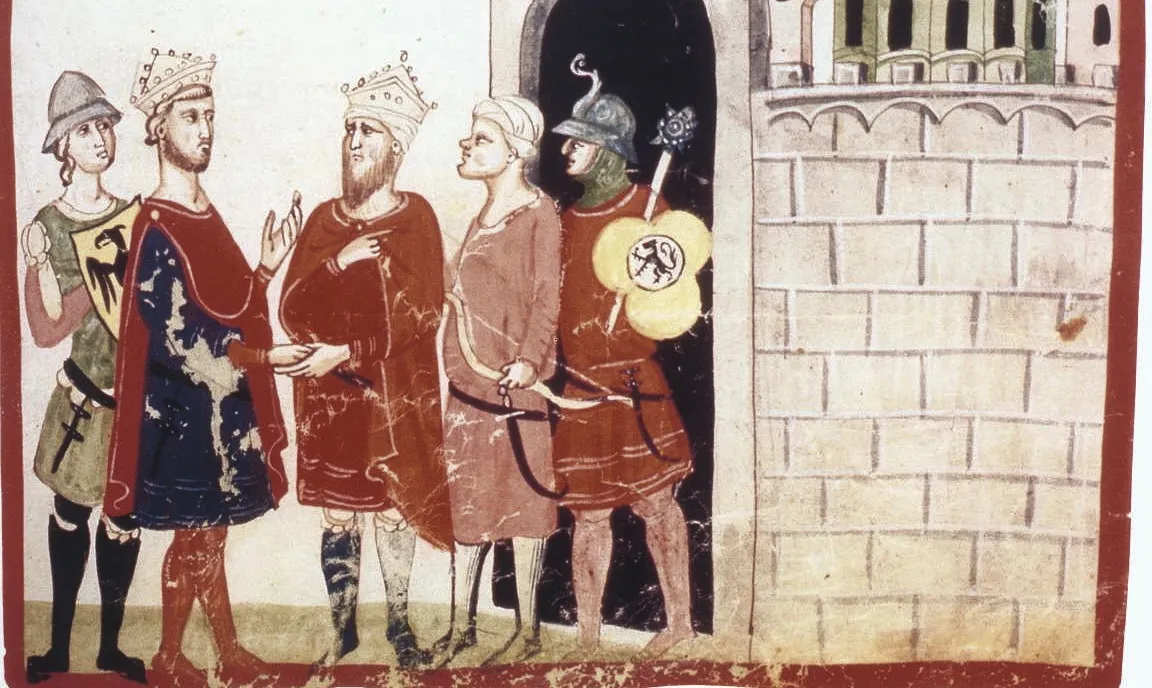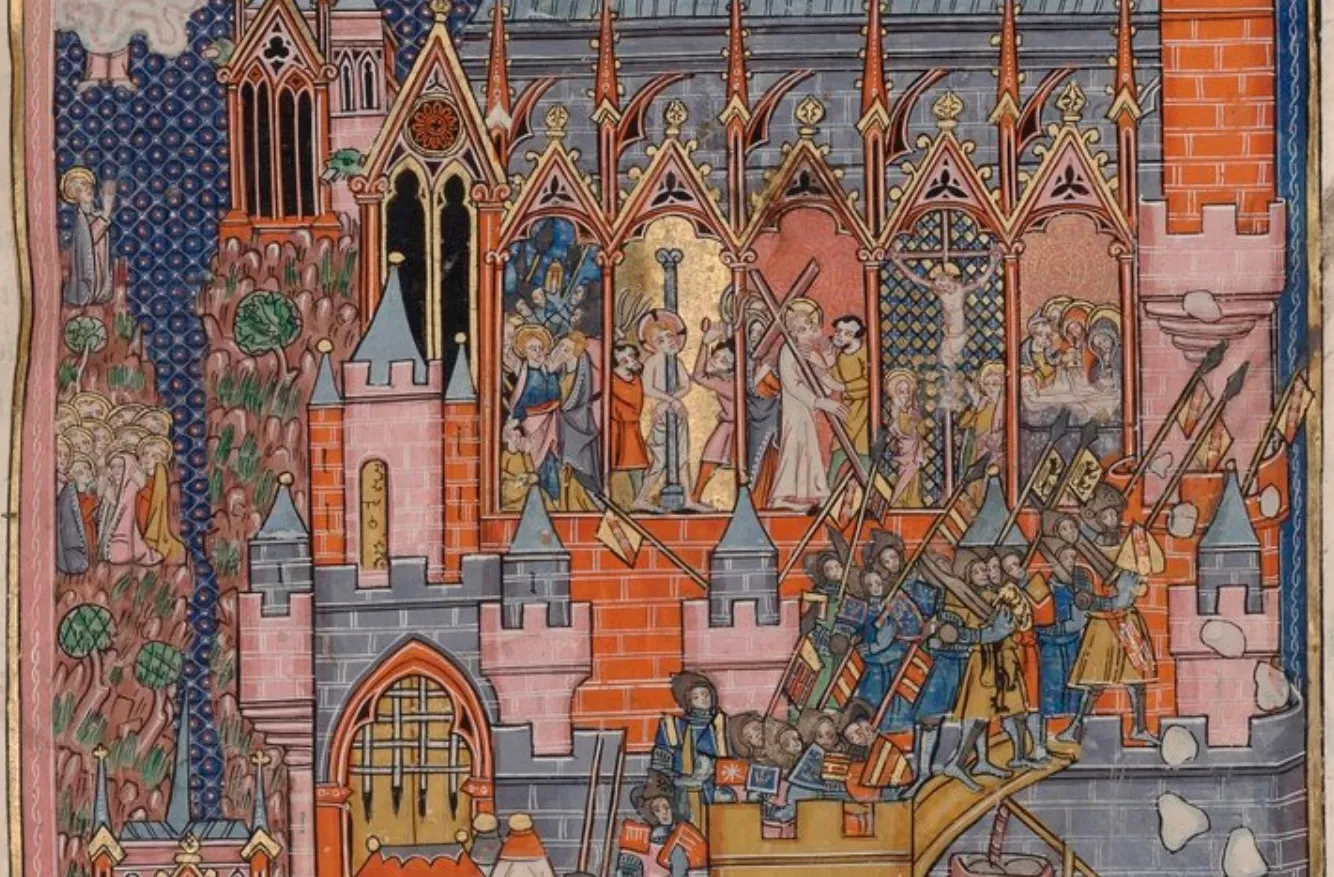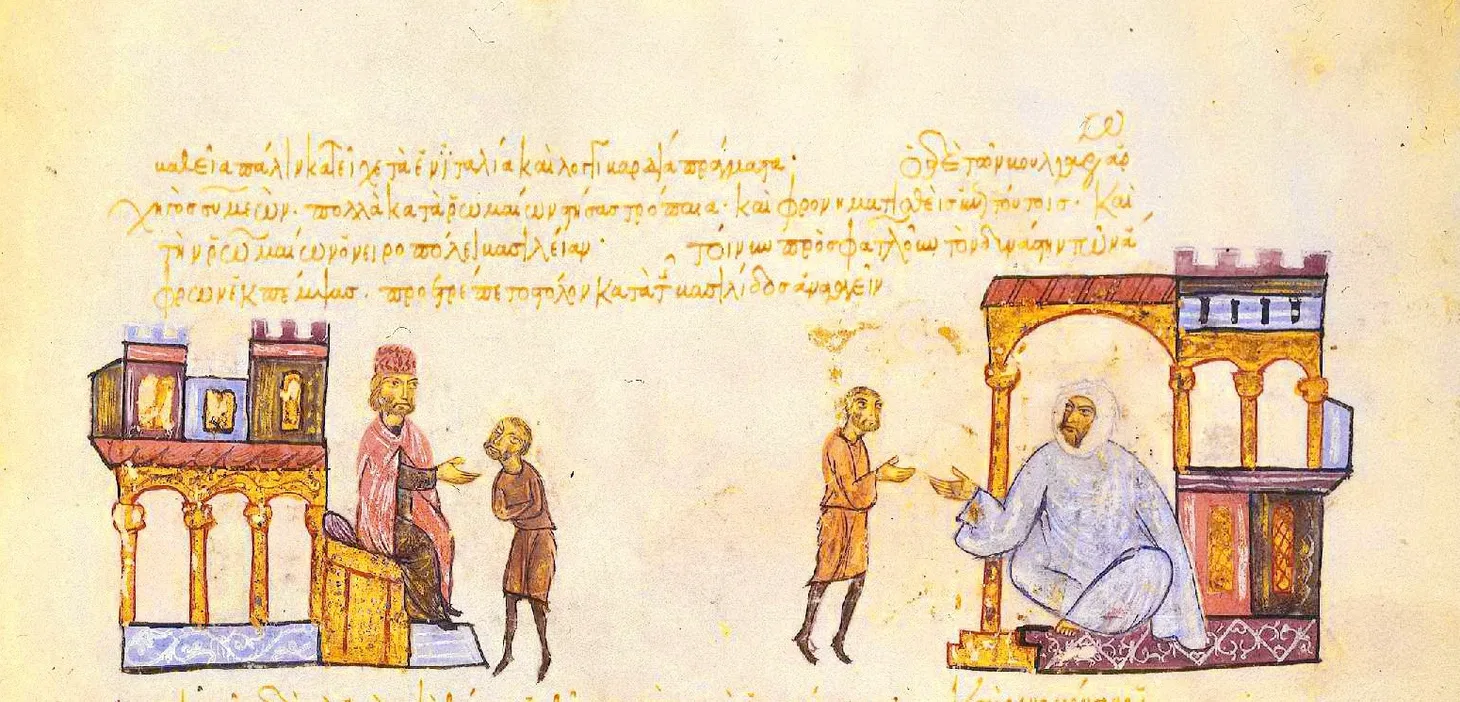“In Conformity to Mecca”: Islam and Medieval West Africa, c.1000 - c.1600
A discussion of how to teach arrival of Islam in medieval West Africa.
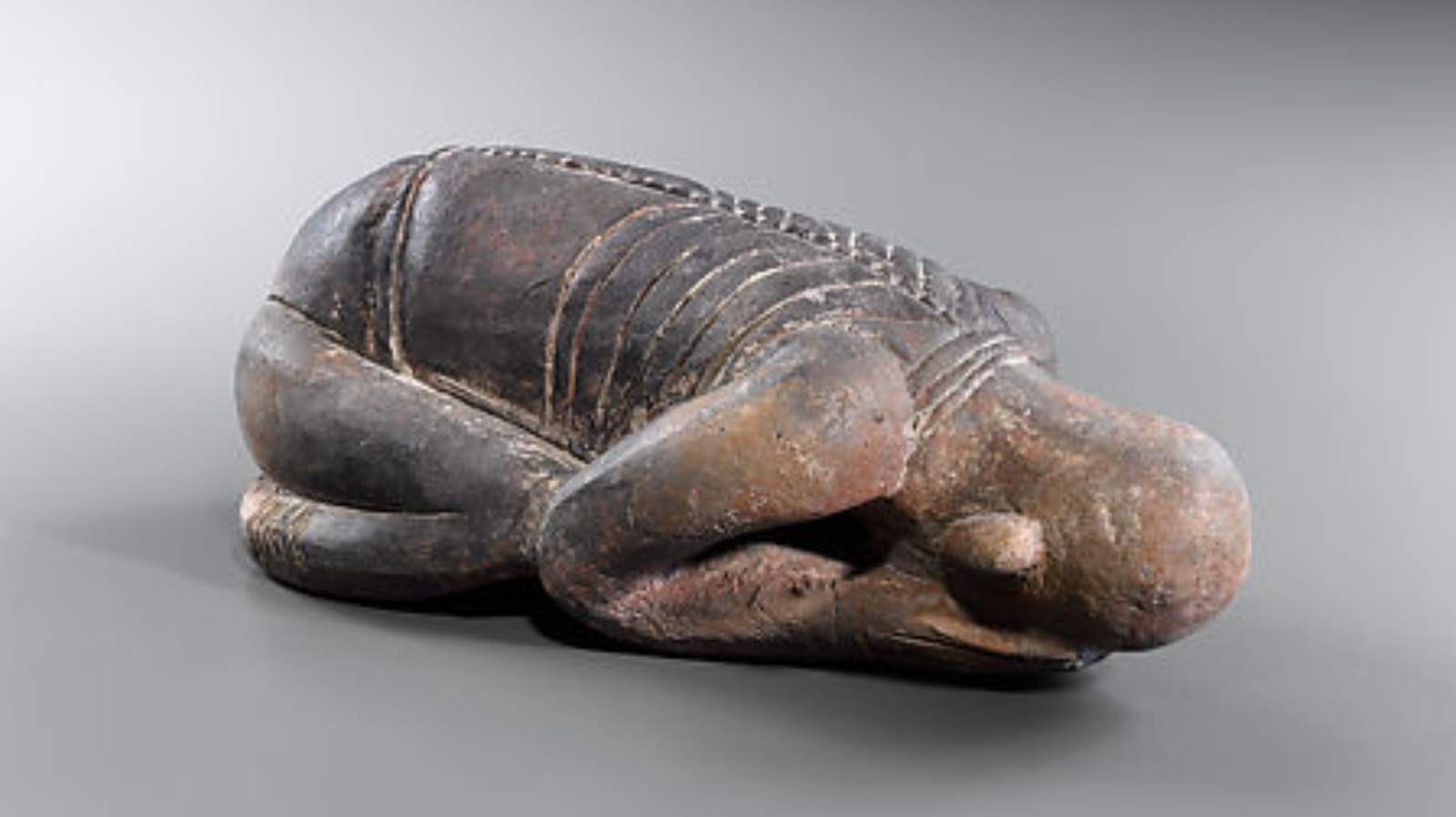
Reflecting on how I taught the spread of Islam to West Africa, I often presented the process as an almost natural outgrowth of the trans-Saharan trade. Gold headed north, salt headed south, and Islam came along for the ride. I might have mentioned the role of merchants bringing Islam, but I rarely focused on how Islam spread across the Sahara. And while I introduced the idea of syncretism to students as we discussed how the people of West Africa adapted Islam, I rarely helped students understand how people understood Islam.
The maps of the spread of religions in many textbooks contribute to this understanding of Islam’s seemingly inevitable spread in West Africa. There was a point in time at which Islam had yet to spread to West Africa. There was then a later point in time at which Islam became the religion of the region. Between those two points in time is a different color on the map. Students are missing out on those who helped move that line on the map and those who were not interested in moving that line.
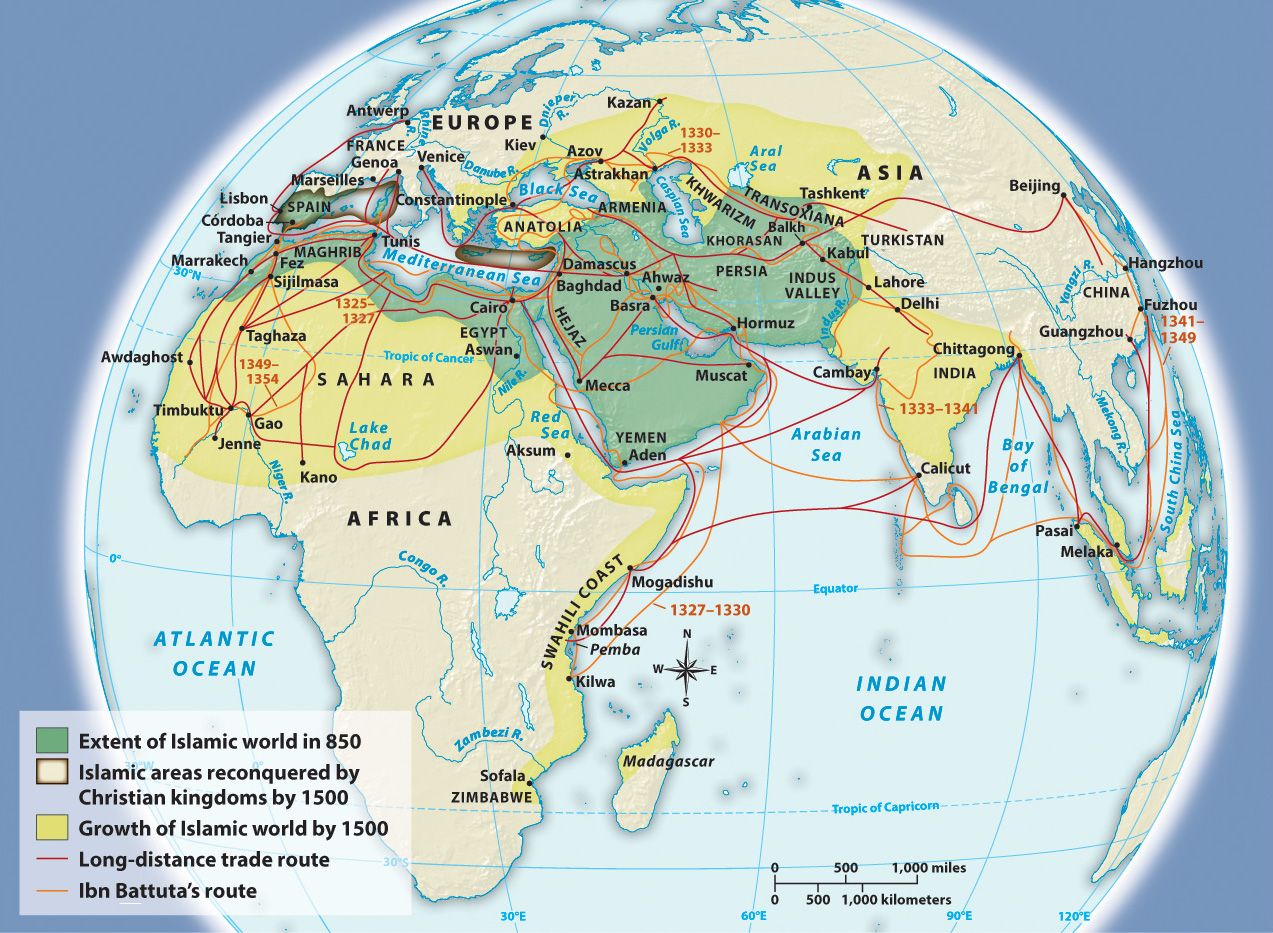
In keeping with the idea of what would the griot say, how can we teach about Islam and medieval West Africa? Instead of students understanding a complicated process as a simple “trade caused the spread of Islam,” we want to help students understand who were the people responsible for the growth of Islam in different parts of West Africa, how indigenous religious practices continued to exist alongside Islam, and how the people of West Africa understood Islam.
This content is for Paid Members
Unlock full access to Liberating Narratives and see the entire library of members-only content.
SubscribeAlready have an account? Log in

